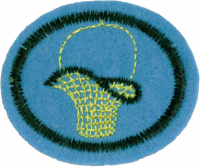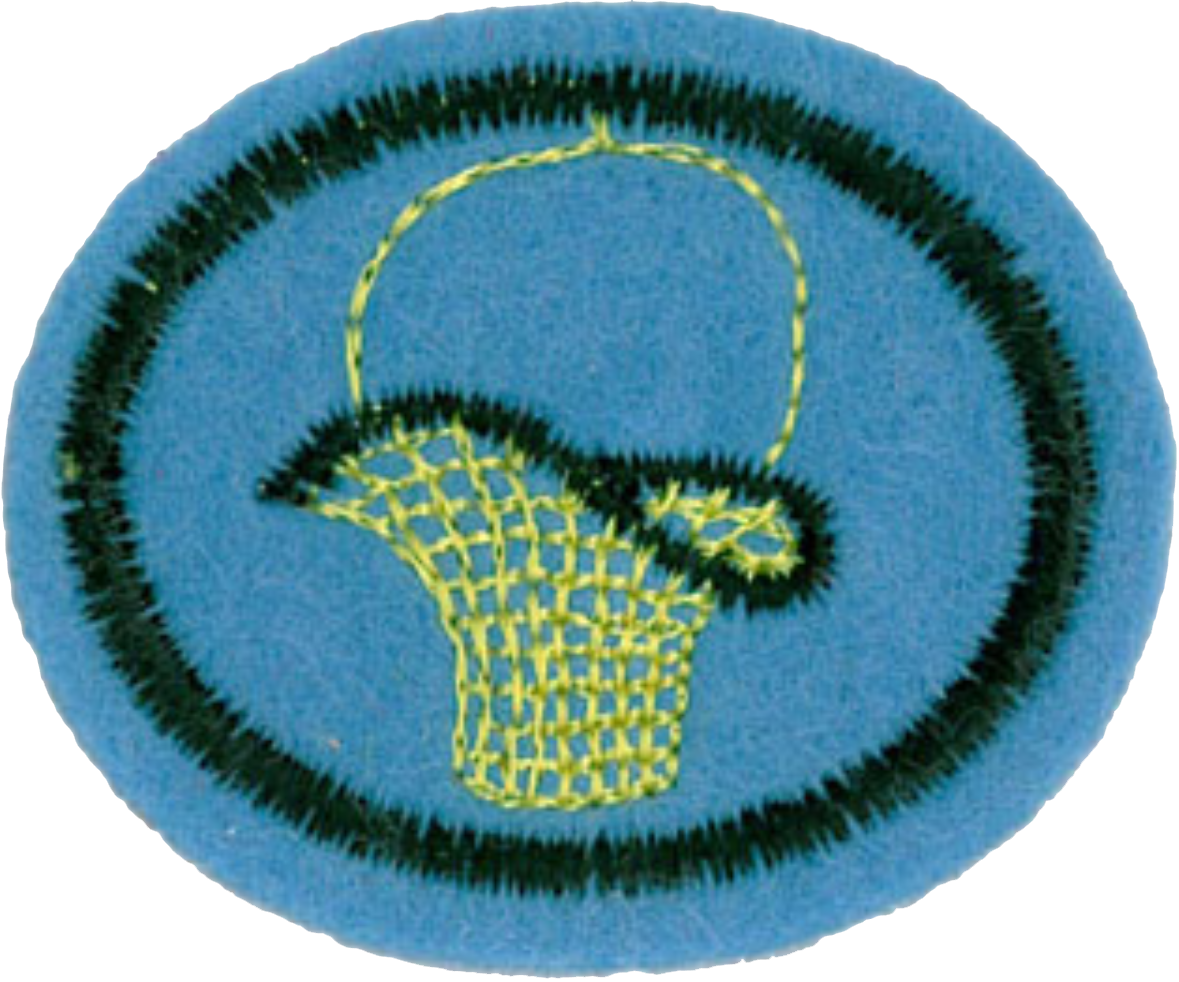Difference between revisions of "AY Honors/Basketry/Answer Key/en"
(Updating to match new version of source page) |
(Updating to match new version of source page) |
||
| Line 20: | Line 20: | ||
{{ansreq|page={{#titleparts:{{PAGENAME}}|2|1}}|num=3a}} | {{ansreq|page={{#titleparts:{{PAGENAME}}|2|1}}|num=3a}} | ||
<noinclude></noinclude> | <noinclude></noinclude> | ||
| + | Sharp knife,peg, pair of round-nosed pliers, awl, two bodkins, rapping iron to tap down the wave on heavy cane work, cane seat weaver. (Note: A blunted chisel will do instead of the rapping iron, just wind a piece of tape around the end to protect the cane.) | ||
| + | |||
{{CloseReq}} <!-- 3a --> | {{CloseReq}} <!-- 3a --> | ||
{{ansreq|page={{#titleparts:{{PAGENAME}}|2|1}}|num=3b}} | {{ansreq|page={{#titleparts:{{PAGENAME}}|2|1}}|num=3b}} | ||
| Line 94: | Line 96: | ||
==References== | ==References== | ||
<noinclude></noinclude> | <noinclude></noinclude> | ||
| − | |||
{{CloseHonorPage}} | {{CloseHonorPage}} | ||
Latest revision as of 19:48, 13 July 2022
1
Most (70%) of the world's rattan grows in Indonesia, distributed among Borneo, Celebes, Sumbawa islands. The rest of the world's supply comes from the Philippines, Sri Lanka, Malaysia and Bangladesh.
2
To properly prepare reed for use in weaving, it must be allowed to dry completely for 3-7 days prior to use. This time might be shorter (or longer) depending on your local humidity. Store reeds out of direct sunlight to limit discoloration due to sun exposure. When you are ready to begin your project, first trim your reeds to the desired length. Then. soak one or two lengths of reed in warm (not hot) water for 5-10 minutes until the reeds bend easily. Make sure the reeds do not become waterlogged (soggy).
3
3a
Sharp knife,peg, pair of round-nosed pliers, awl, two bodkins, rapping iron to tap down the wave on heavy cane work, cane seat weaver. (Note: A blunted chisel will do instead of the rapping iron, just wind a piece of tape around the end to protect the cane.)
3b
4
4a
Weaver singeing refers to removing the small hairs or splinters that form on the reds as you weave. The most common method is to burn them off using a blowtorch or lighter, thus the term singeing. This can be dangerous for several reasons; including the risk of burning yourself or your basket. IF this method is used, don't keep the flame in one place too long, or you will damage the basket reeds. This must be done while the basket is still damp.
An alternative (and safer) method is to trim the hairs or splits off using some heavy duty shear. You may want to do a small bit of sanding afterwards to smooth the trimmed areas.
4b
To bruise or compress the basket making fibers in a very small area.
5
5a
5b
6
7
7a
7b
8
9
10
11


